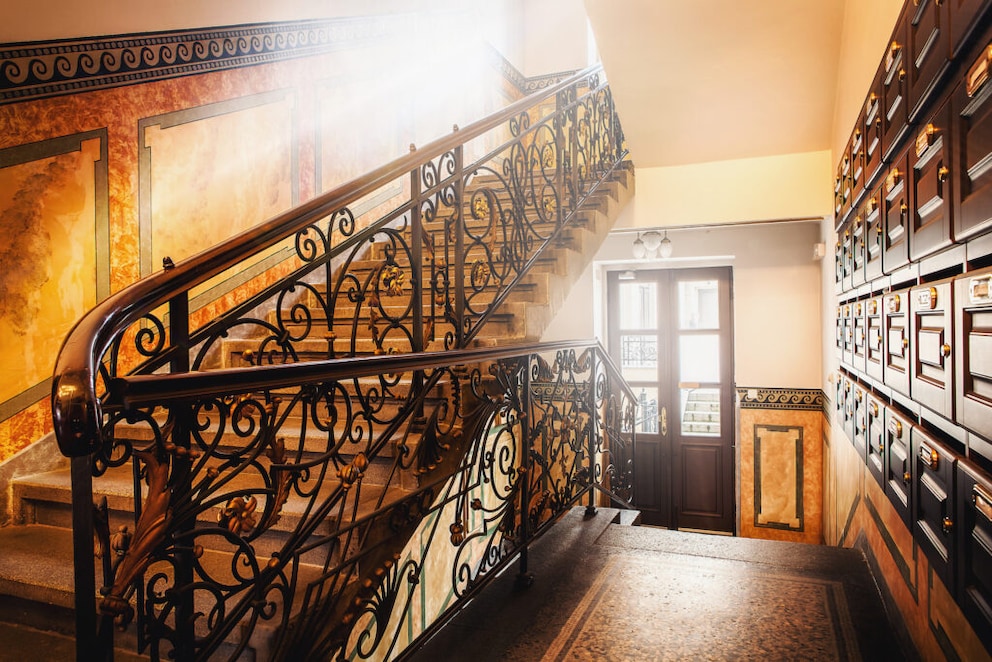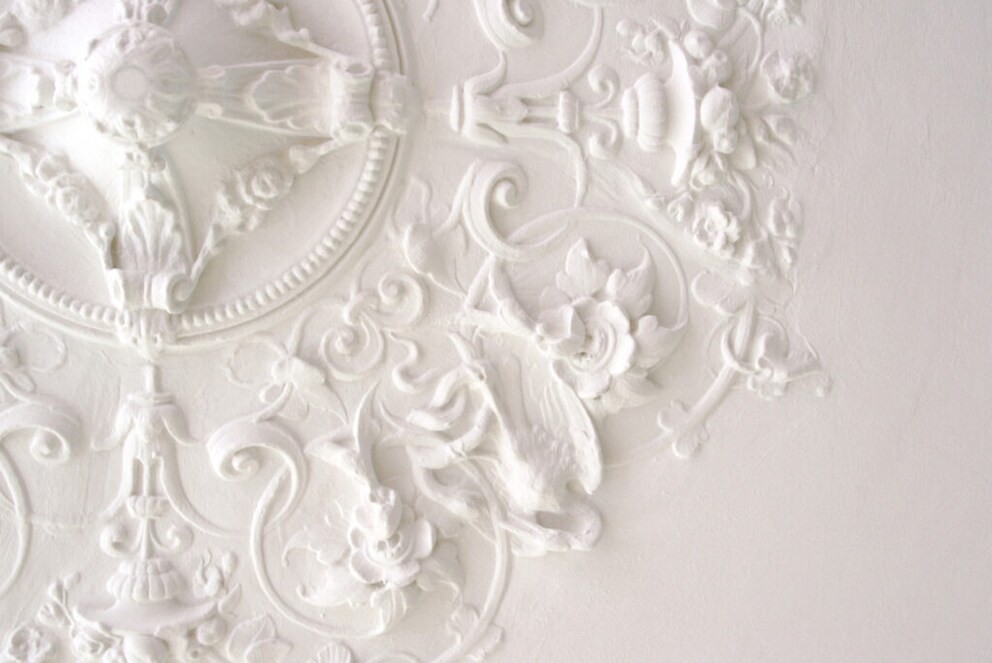June 18, 2023, 10:13 am | Read time: 4 minutes
Apartments from the Gründerzeit era represent a unique historical period and an impressive architectural and residential style. This fascination continues to have a strong appeal in the real estate market today. However, not everything is as beautiful as it seems.
Between 1871 and 1873, the so-called Gründerzeit occurred. These were the early years of the newly founded German Empire, marked by the heyday of industrialization. Economic growth and prosperity spread widely. Railroad construction, along with coal and steel mining, flourished. This required a large workforce, prompting people to move from the countryside to the cities in droves. There were numerous inventions, and many joint-stock companies were established—until the great stock market crash of 1873, known as the “Gründerkrach,” occurred. However, what remains is the significant architecture of that era. To this day, apartments from the Gründerzeit are highly sought after in the real estate market.
Gründerzeit Apartments Shaped the Cityscape
Historically, the Gründerzeit was marked by years of tension, but from an architectural perspective, entire cityscapes were reshaped during this time. As more space was needed, people became inventive around the turn of the century to create sufficient and appealing living spaces. Neighborhoods with Gründerzeit houses remain popular to this day.
Additionally, individual buildings were extended and sometimes connected, creating a central courtyard. Characteristic features included towers on corner buildings and bay windows that prominently stood out from the structure, often spanning multiple floors and ending with a balcony. Facades were usually elaborately and decoratively adorned with stucco elements.
Typical Features of a Gründerzeit Building
Essentially, a Gründerzeit building is a massive masonry structure with exterior walls ranging from 30 to 80 centimeters thick. Also representative of this significant architectural era are the individual floor heights, which can range from 3.5 to 4 meters and typically feature a wooden beam ceiling as a finish.

The entrance area of a Gründerzeit building often has an impressive effect. Upon entering, an imposing foyer opens up, once again richly decorated. Wrought iron elements, ceiling paintings, decorative floor tiles, decorative bands, and meander ornaments are just a few characteristics of such a staircase from the late 19th century. Also typical of that time were wooden windows, known as box windows, distinguished by their T-shaped division into a transom and two lower opening wings.
Interiors with Convincing Opulence

The new bourgeois residential culture expressed itself around the turn of the century in a certain opulence. Especially in the interior of a Gründerzeit apartment, spacious layouts awaited. Accordingly, these dwellings have been and remain highly coveted in the real estate market due to their impressive size.
However, numerous interior architectural features also contribute to this. Notable are features such as double doors with brass fittings, seemingly endless corridors, and occasional niches in rooms. Occasionally, lavish stoves are also part of the interior furnishings. Equally elaborate and special are the stucco-decorated ceilings and wood paneling on the walls, which are also considered relevant and appreciated features.
Also interesting: How Art Nouveau Still Influences Architecture Today

What Makes Louis XVI Style Furniture So Special Today?

Living Like in the Netflix Series ‘Bridgerton’ – Interior Designer Offers Tips

How the Biedermeier Era Shaped Architecture and Furniture Design
Renovation Needs Versus Aesthetic Appeal
Despite the beauty emanating from the once solidly built Gründerzeit houses, these properties inevitably have many years on them, which means these apartments no longer meet today’s building standards. There is often a significant need for renovation! At the latest in winter, the inadequate thermal insulation of the houses becomes unpleasantly noticeable year after year. The building technology also proves outdated, with missing protective conductors in electrical installations and a limited number of utility connections.
The issue of protection also arises with flooring. Ceramic floor coverings are often worn, and the wooden steps in staircases are heavily worn down. Soundproofing is usually poor—to the detriment of neighboring parties. Problems with mold and rot are also far from uncommon: Gründerzeit building basements often struggle with moisture damage to exterior walls and floors. Additionally, leaky ceilings, due to wooden beams being infested by pests, reveal an urgent need for renovation.


